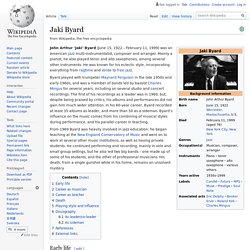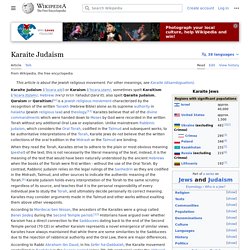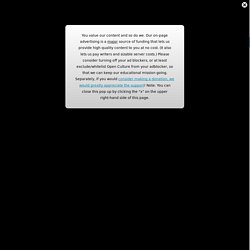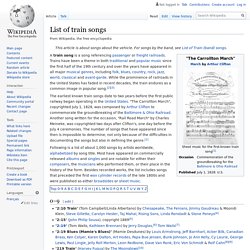

Paganini: Complete Violin Concertos. Brian Eno. English musician, composer, record producer and visual artist Brian Peter George St John le Baptiste de la Salle Eno, RDI (; born Brian Peter George Eno, 15 May 1948) is an English musician, record producer, visual artist, and theorist best known for his pioneering work in ambient music and contributions to rock, pop and electronic music.[1] A self-described "non-musician", Eno has helped introduce unique conceptual approaches and recording techniques to contemporary music.[1][2] He has been described as one of popular music's most influential and innovative figures.[1][3] Dating back to his time as a student, Eno has also worked in other media, including sound installations and his mid-70s co-development of Oblique Strategies, a deck of cards featuring aphorisms intended to spur creative thinking.

From the 1970s onwards, Eno's installations have included the sails of the Sydney Opera House in 2009[4] and the Lovell Telescope at Jodrell Bank in 2016. Early life[edit] Career[edit] David A. Jaki Byard. Byard played with trumpeter Maynard Ferguson in the late 1950s and early 1960s, and was a member of bands led by bassist Charles Mingus for several years, including on several studio and concert recordings.

The first of his recordings as a leader was in 1960, but, despite being praised by critics, his albums and performances did not gain him much wider attention. In his 60-year career, Byard recorded at least 35 albums as leader, and more than 50 as a sideman. Byard's influence on the music comes from his combining of musical styles during performance, and his parallel career in teaching. From 1969 Byard was heavily involved in jazz education: he began teaching at the New England Conservatory of Music and went on to work at several other music institutions, as well as having private students. He continued performing and recording, mainly in solo and small group settings, but he also led two big bands – one made up of some of his students, and the other of professional musicians. Karaite Judaism. A Jewish religious movement characterized by the recognition of the written Torah alone as its supreme authority in Jewish religious law and theology.

Karaite Judaism () or Karaism (; Hebrew: יהדות קראית, Modern: Yahadut Qara'it from, Tiberian: Qārāʾîm, meaning "Readers"; also spelt Qaraite Judaism or Qaraism)[a] is a Jewish religious movement characterized by the recognition of the written Torah alone as its supreme authority in halakha (Jewish religious law) and theology. [citation needed] Karaites maintain that all of the divine commandments handed down to Moses by God were recorded in the written Torah without additional Oral Law or explanation. It is distinct from mainstream Rabbinic Judaism, which considers the Oral Torah, as codified in the Talmud and subsequent works, to be authoritative interpretations of the Torah.
As a result, Karaite Jews do not accept as binding the written collections of the oral tradition in the Midrash or Talmud. History[edit] Origins[edit] 9th century[edit] John Coltrane's Handwritten Outline for His Masterpiece A Love Supreme. Today we present a rare document from the Smithsonian's National Museum of American History: Coltrane's handwritten outline of his groundbreaking jazz composition A Love Supreme.

Recorded in December of 1964 and released in 1965, A Love Supreme is Coltrane's personal declaration of his faith in God and his awareness of being on a spiritual path. "No road is an easy one," writes Coltrane in a prayer at the bottom of his own liner notes for the album, "but they all go back to God. " If you click the image above and examine a larger copy of the manuscript, you will notice that Coltrane has written the same sentiment at the bottom of the page. "All paths lead to God. " The piece is made up of a progression of four suites. List of train songs. A train song is a song referencing passenger or freight railroads.

Trains have been a theme in both traditional and popular music since the first half of the 19th century and over the years have appeared in all major musical genres, including folk, blues, country, rock, jazz, world, classical and avant-garde. While the prominence of railroads in the United States has faded in recent decades, the train endures as a common image in popular song.[2][3] The earliest known train songs date to two years before the first public railway began operating in the United States. "The Carrollton March", copyrighted July 1, 1828, was composed by Arthur Clifton to commemorate the groundbreaking of the Baltimore & Ohio Railroad.
Another song written for the occasion, "Rail Road March" by Charles Meineke, was copyrighted two days after Clifton's, one day before the July 4 ceremonies. 0–9[edit] The Music Lab. Pour passer le temps. Birdy - Beautiful Lies (90 sec clip) If You Don't Know Me By Now - Seal.
Classical. Country Music. Piano. Rock and Rap. Dancing. Pop Musicians and Music. World Music. Soundtracks, Musicals, Composers. Electronica.